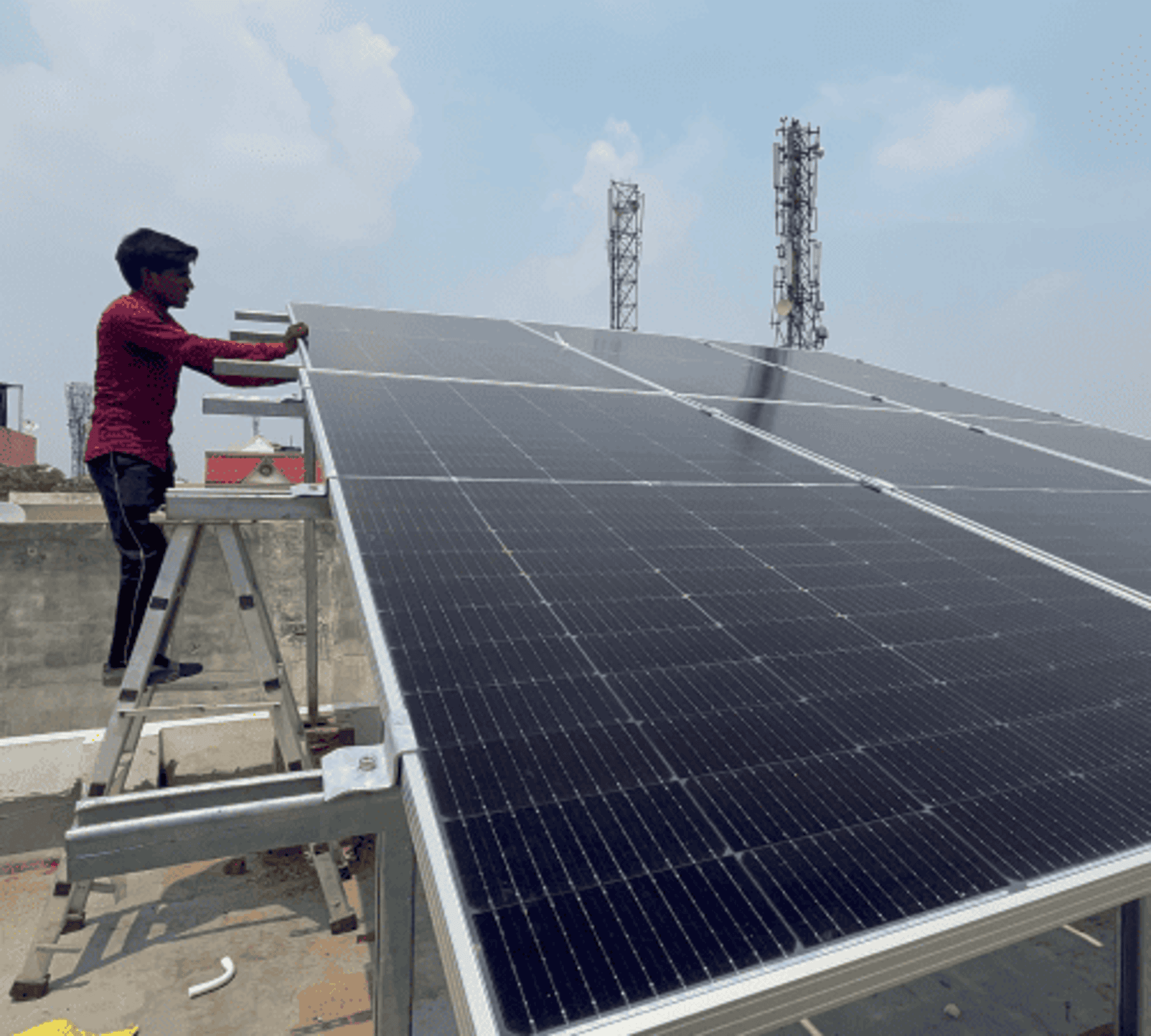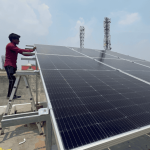
In recent years, the world has seen a significant shift towards renewable energy sources, with solar power taking the lead. Governments worldwide are increasingly offering incentives to promote the adoption of solar energy, and one of the most popular incentives is solar subsidies. Solar subsidies are financial aids or rebates provided to individuals, businesses, or organizations to reduce the cost of installing solar panels and other solar-related infrastructure. This support plays a crucial role in making solar energy accessible to a larger segment of the population while also contributing to environmental sustainability. Let’s explore what solar subsidies are, how they work, and the benefits they offer.
What Are Solar Subsidies?
Solar subsidies refer to government grants, rebates, or incentives designed to reduce the initial cost of installing solar energy systems, such as photovoltaic panels and solar thermal systems. These subsidies can come in various forms, including direct financial assistance, tax credits, or reductions on installation costs. The goal is to make the transition to solar energy more affordable and attractive for homeowners, businesses, and industries.
Types of Solar Subsidies
-
Direct Subsidies or Cash Grants Governments may offer direct cash subsidies that help offset the cost of purchasing and installing solar panels. These grants can cover a significant portion of the overall costs, reducing the financial burden on individuals and businesses.
-
Tax Credits and Deductions Another common form of subsidy is tax credits, where the government provides a direct reduction in the amount of taxes owed. For example, the U.S. federal government offers the Investment Tax Credit (ITC), which allows homeowners and businesses to deduct a certain percentage of the cost of their solar systems from their federal taxes.
-
Feed-in Tariffs (FiTs) Feed-in tariffs are another form of subsidy that guarantees a fixed payment for the electricity generated from solar power and fed into the national grid. This encourages the installation of solar systems by providing a predictable income for energy producers.
-
Subsidized Loans Some governments provide low-interest loans or loan guarantees to individuals and businesses looking to install solar energy systems. These subsidized loans make it easier for people to finance their solar installations without the high interest rates typically associated with loans.
-
Solar Rebates Rebates are a popular form of subsidy where consumers are reimbursed a portion of the upfront cost of their solar system installation. The rebate amount varies based on location, system size, and other factors.
Benefits of Solar Subsidies
-
Reduced Initial Investment One of the most significant advantages of solar subsidies is the reduction in upfront installation costs. Solar energy systems, including panels, batteries, and other components, can be expensive. Subsidies help make solar power more affordable for homeowners and businesses, encouraging the widespread adoption of this clean energy source.
-
Encouraging Sustainable Energy By making solar power more accessible, solar subsidies promote a cleaner, greener energy alternative. Solar energy is renewable, produces no emissions, and has a minimal environmental impact compared to fossil fuels. The increased use of solar energy helps reduce carbon footprints, fight climate change, and move towards sustainable energy solutions.
-
Long-Term Savings While the initial installation cost may still seem high, solar power systems can lead to significant long-term savings. Solar panels lower electricity bills by providing a free and reliable source of energy. In some cases, excess energy generated can be sold back to the grid, providing an additional income source for solar panel owners.
-
Job Creation and Economic Growth The solar industry is rapidly growing, and the increased demand for solar power systems creates jobs in manufacturing, installation, and maintenance. Subsidies help stimulate this growth by making solar energy a viable option for more people, contributing to economic development.
-
Energy Independence Solar subsidies can contribute to energy independence by allowing individuals and businesses to generate their own electricity. This reduces reliance on fossil fuels and grid-based power, which can fluctuate in price and availability. Solar power provides stability and security in energy consumption.
Challenges and Considerations
While solar subsidies offer numerous benefits, there are also challenges to consider:
-
Availability and Access: Subsidies are often subject to government budgets and can be limited in availability. Certain regions may offer more generous incentives than others, creating disparities in access to solar energy.
-
Initial System Costs: Even with subsidies, the initial investment for solar systems can still be out of reach for some people. Solar panel installation requires an upfront financial commitment, which may not be feasible for everyone.
-
Regulatory Barriers: In some countries or regions, local regulations and permitting requirements may delay the installation process, preventing some homeowners and businesses from taking full advantage of solar subsidies.
How to Apply for Solar Subsidies
To take advantage of solar subsidies, individuals and businesses must usually apply through their local government or utility company. It’s important to research the specific programs available in your region, as each subsidy program may have its own eligibility criteria and application process. Consulting with solar installers can also provide guidance on which incentives are available and how to maximize the benefits of these subsidies.
Conclusion
Solar subsidies play a vital role in promoting the adoption of solar energy by making it more affordable and accessible. With reduced upfront costs, long-term savings, and a positive environmental impact, solar subsidies are an excellent way for individuals and businesses to transition to clean, sustainable energy. As governments continue to prioritize renewable energy, the future of solar power looks brighter than ever.






Leave a Reply